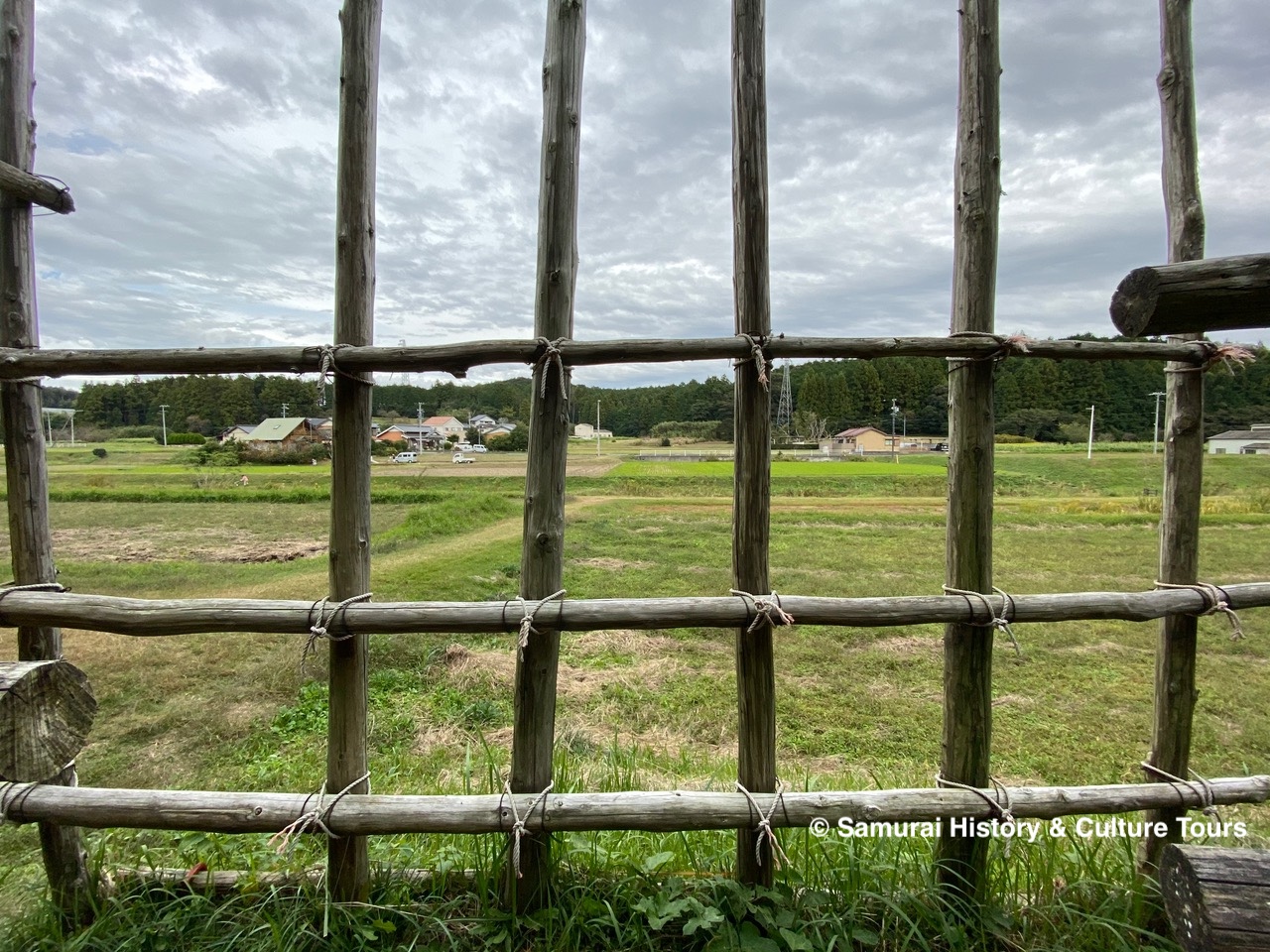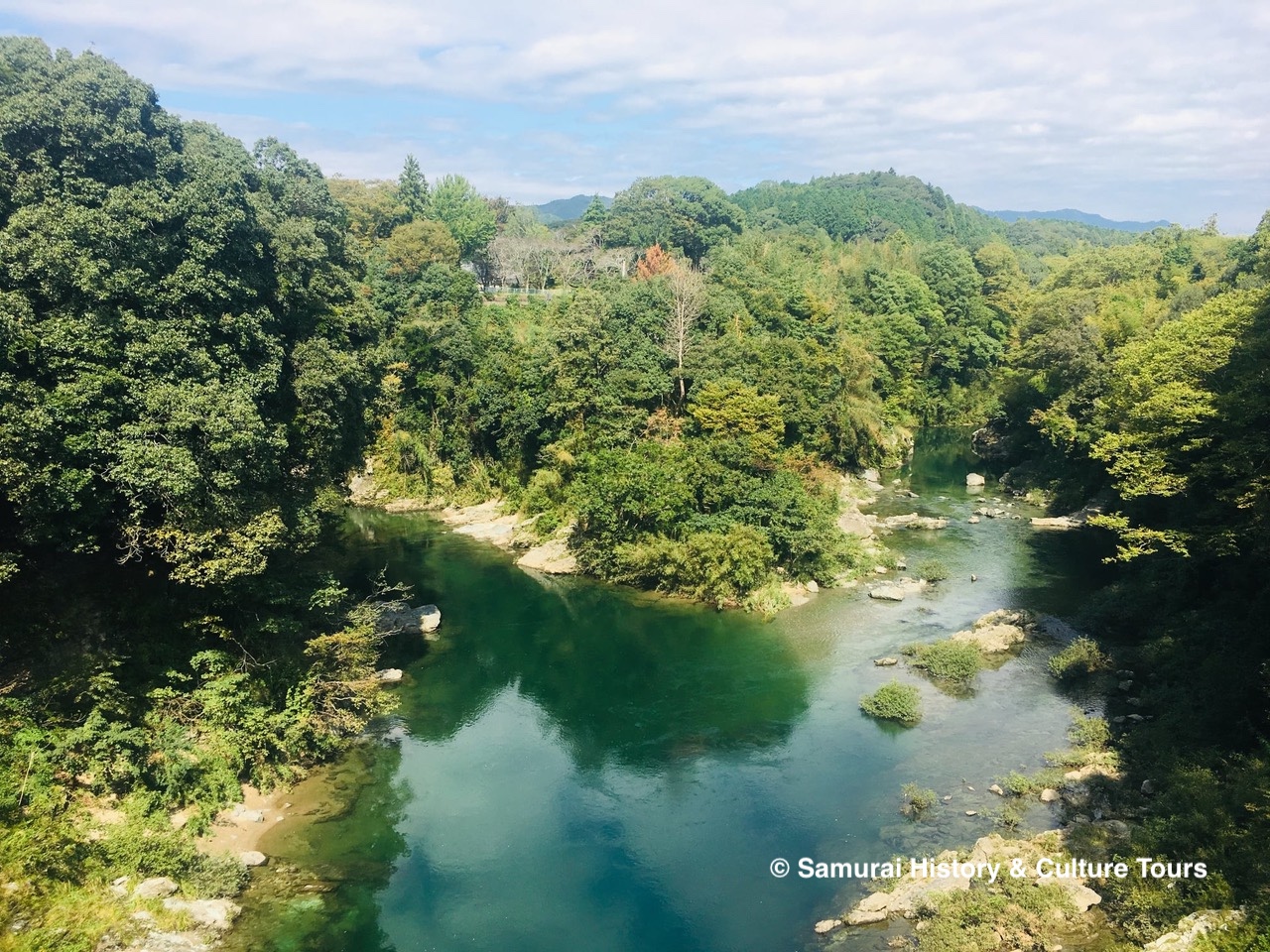Stories
The Great Gun Battle of Nagashino

The Battle of Nagashino
One of the most exciting, most decisive and most controversial battles in Samurai History was fought between the allied forces of Tokugawa Ieyasu and Oda Nobunaga against the invading army of Takeda Katsuyori in 1575.
The Takeda clan were among the most feared armies of the 1500’s. But they were decimated in one of the greatest of samurai battles, and the first major gun-battles of the samurai period, the Battle of Nagashino-Shitaragahara, fought in 1575.
Takeda Katsuyori was the son of the once feared and much admired Takeda Shingen, one of Japan’s foremost warriors. Since his fathers’ death two years earlier, Katsuyori had been attempting to realize his father’s plan of capturing Mikawa, the lands held by Tokugawa Ieyasu.
Invasion
In May of 1575, 15,000 Takeda forces had entered Tokugawa territory and at first laid siege to Yoshida Castle in modern-day Toyohashi, but failed to bring the sturdy castle down. Instead, they abandoned their attack on Yoshida, and heading north, surrounded Nagashino Castle. Nagashino Castle in eastern Aichi Prefecture was built in 1508 atop cliffs at the fork of two rivers forming a natural moat. The ancient rivers had worn the mountain sides down, leaving sheer cliffs which aided in protecting the castle. Strategically important Nagashino was attacked numerous times over the years, and in 1575 faced 15,000 samurai of the feared and invading Takeda clan.
Siege of Nagashino Castle
The 500 defenders of Nagashino were completely surrounded until a 35 year old ashigaru foot soldier named Torii Suneemon volunteered to get help. At night he swam the river moat, and ran 35km across mountainous territory to Okazaki, the regional lord, Tokugawa Ieyasu’s base, and called for assistance. Ieyasu gave the man his word that reinforcements would be forthcoming, and so Torii ran back to Nagashino, only to be caught trying to re-enter the castle. The attacking Takeda forces brought the low-ranked samurai before their leader, Takeda Katsuyori, who promised to spare Tori’s life if he told his comrades in the castle that help was not coming and to capitulate. Instead, Torii yelled to the men in the castle to hold on, as help was coming. For this, Torii was stabbed, then set up on a twin beamed crucifix and killed in full view of his friends.

Arrival of the Allies
The Tokugawa and allied Oda forces arrived days later with 38,000 warriors, each Oda samurai carried a long, thin wooden log with them. These logs were used to build two kilometers of simple wooden palisades along the western side of the valley at the foot of the rolling hills. Running through the middle of the valley was the small Rengo River. Either side of the river were rice paddies. On the opposite, eastern side, the Takeda had arranged themselves into battle formations on the slopes of the low mountains, their front line troops were dressed in menacing, red lacquered armor.
The Takeda’s feared cavalry had soundly defeated the Tokugawa at the Battle of Mikatagahara in 1573, and they were confident of another victory. The battle commenced in the morning, with the Takeda making their charge, but were slowed by the soft muddy rice paddies, then by the small Rengo River, and then forced to cross more rice paddies before reaching the hastily built log fences. Hardly any of them got that far.
Gun Battle
Behind the wooden fencing waited some 3,000 Oda and Tokugawa troops armed with matchlock guns, introduced to Japan only thirty years earlier by Portuguese traders, but already embraced by the samurai. The story goes that the innovative Nobunaga had organized his single shot gunners into lines or groups in order to shoot the enemy in a continuous volley of machine gun-like fire. The matchlock riflemen felled the waves of Takeda in great blasts of gunfire!
Any Takeda samurai nearing the palisades were stopped by ashigaru foot soldiers with long spears stabbing through the stockade. Samurai with swords, spears and halberd-like naginata engaged any Takeda warriors making it to the fence line. The Takeda kept charging, and the Oda kept firing and fighting.
Eight hours later, the bloodied bodies of 10,000 Takeda and 6,000 allied troops lay dead across the valley. The much feared Takeda clan had been decimated and would come to an inglorious end seven years later.
Discover Nagashino
See Nagashino and Shitaragahara, among the best preserved of the great samurai battlefields, visit the encampments of the various generals to understand the lay of the land as seen by the samurai of the time, and experience where the bulk of the action took place. Discover the controversies regarding this fascinating conflict, and decide the truth for yourself.


